Hospitality, Homeliness, and Hygge
This last semester, I had the privilege of studying in Denmark. I chose the program partially because as a Human Factors Engineer, Danish design classes were some of the best crossovers for my degree, and partially because Danes universally speak English and I am not lucky enough to be multilingual yet. As a person from the United States, I expected another English-speaking country, even if it was Nordic, to be similar in attitudes and culture to the people and places I was familiar with. I was very wrong.
When I first arrived, I was surprised by many things: how clean the streets were, how much international food there was, how few people smiled on the streets, how beer and wine were such a normal part of life, how close together the houses and storefronts were to each other, how sunny it was (which didn’t last long), how much recycling and sustainability were a part of everyday life… and much more.
Over my time living in Copenhagen, I had the opportunity to not only connect with other incredible students from across the world who were studying far from home, but also to spend time with Danish students and families who invited me to be a part of their traditions and customs. I think it is important to first talk about the Danish concept of “hygge” (pronounced HOO-guh).
|
|
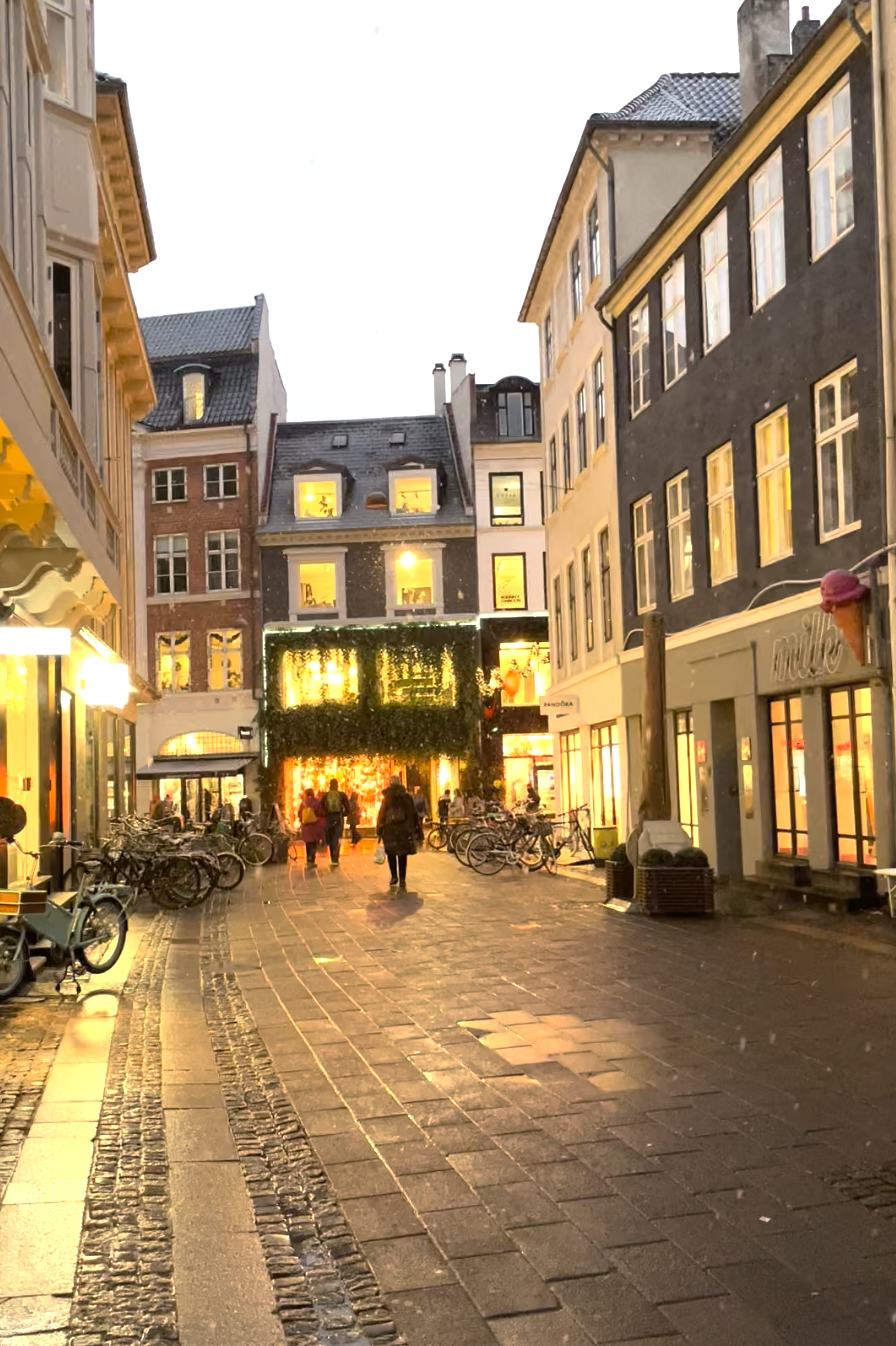 |
|
My Danish friend (left) showing me Tivoli Gardens in central Copenhagen |
Street in Copenhagen in winter |
Hygge is an idea in Denmark of warmth, comfort, friendship, and home. For many Danes, this might look like sitting around a fire with hot chocolate and friends. For others, it might look like going to a board game cafe on a cold night. For others, it could be drinking wine around a table with family. In all cases, it is the experiences and setting that derive feelings of contentment in the moment. One of the first things I observed was that stores almost always closed at exactly 6:00 pm. This included luxury brand stores, cafes, and shops - almost everything except dinner restaurants and grocery stores. When I talked to Danes about it, I essentially learned that a work life balance and happiness is really important to them - and for the most part employers actually respect that value. This shouldn’t have felt like so much of a difference from the life I lead in the United States, but as a student in Boston I felt the massive waves this difference caused.
One thing that I hadn't anticipated about Denmark that did surprise me was the level to which the Danish government system and infrastructure is hostile to immigration. While most Danes seemed welcoming to people themselves, the Danish process to achieve citizenship is incredibly complex, lengthy, and difficult - with lots of room for people to fail along the way. Denmark is in general an extremely supportive country for its citizens (free education, free health care, etc.), but the process of getting there for outsiders is certainly not easy. This topic often came up in discussion about the ways this system did make the country more insular and homogeneous - particularly given that Scandinavian countries have massive majorities of White people compared to People of Color. It was fascinating - and sometimes a little bit difficult - to learn about the ways in which extending a hand to immigrants could increase the burden on the system. And this is something that I'm still understanding and grappling with today!
|
|
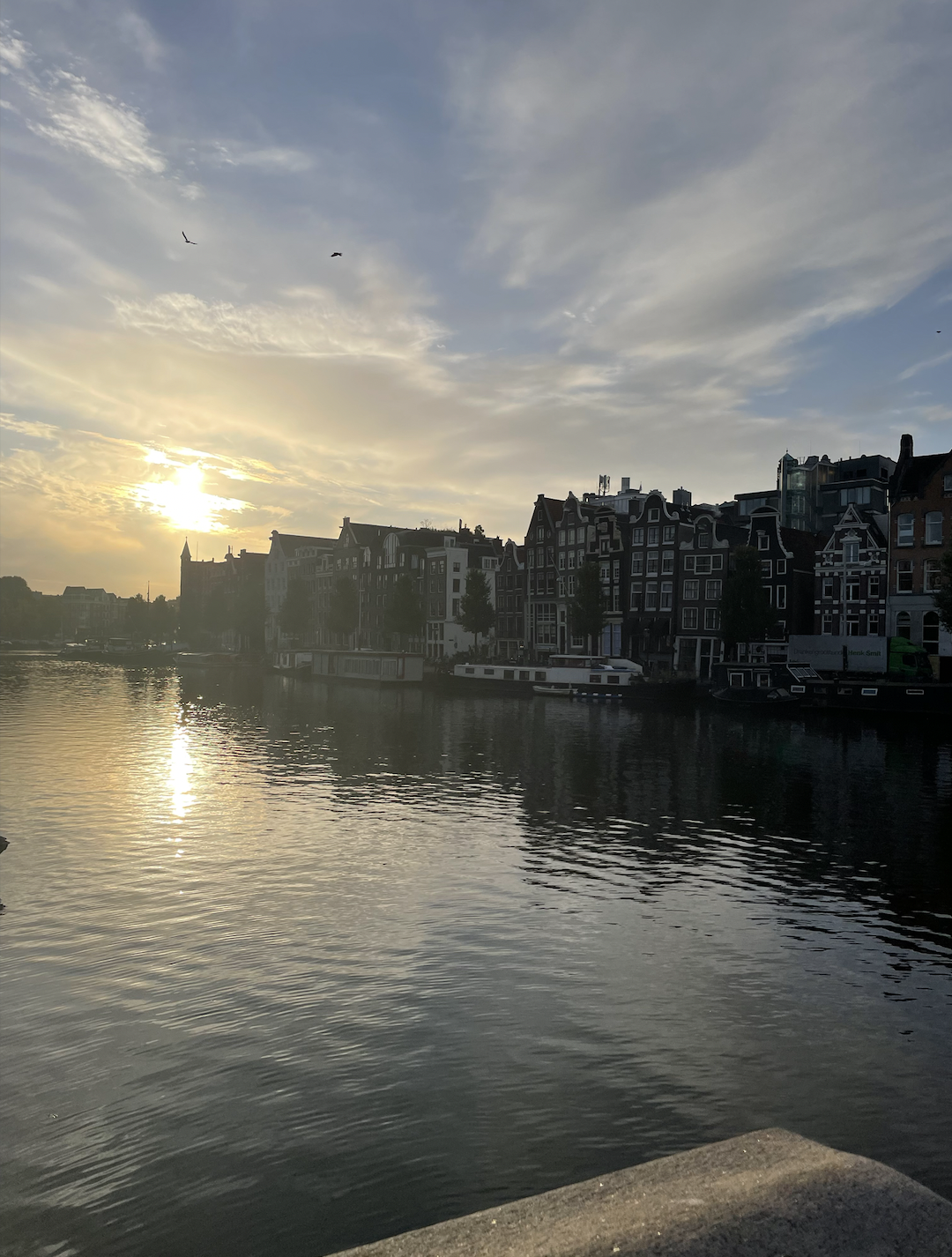 |
|
Bastard Cafe, the board game cafe in the center of Copenhagen, on a typical busy night |
Canal in Amsterdam |
Educationally, I noticed several big differences between my classes with Danish professors and my classes in Boston. First, every professor requested to be called by their first name, and explained that every student regardless of age in their country would refer to teachers with their first names (and in fact if you did call one of them “Professor,” they would call you “Student” in return). Second, I had much less homework than at Tufts University - and while this did mean that some classes were “easy,” I actually thought that I learned and retained much more just from listening to the classes I was balancing their compared to carrying the weight of a thousand things to do on my shoulders every day in the U.S. It made such a big difference to me that I actually found myself talking all the time with friends and family from home about the really interesting things I learned about Arctic glaciology, Nordic mythology, Design Thinking, Cyber Psychology, and much more! Third, Danish students I talked to often told me that they had taken a few years after Gymnasium (high school) to ground themselves before moving forward with a degree - which only took three years in comparison. Many of my friends said they spent that time working in the Danish military, working in stores throughout the country, or taking a break to learn about themselves in another way. Honestly, I think this meant that these students - though often graduating a little older than we in the United States usually do - were more secure in their paths and confident in the choices they made as 20 or 21 year olds rather than 18 year olds graduating high school.
|
|
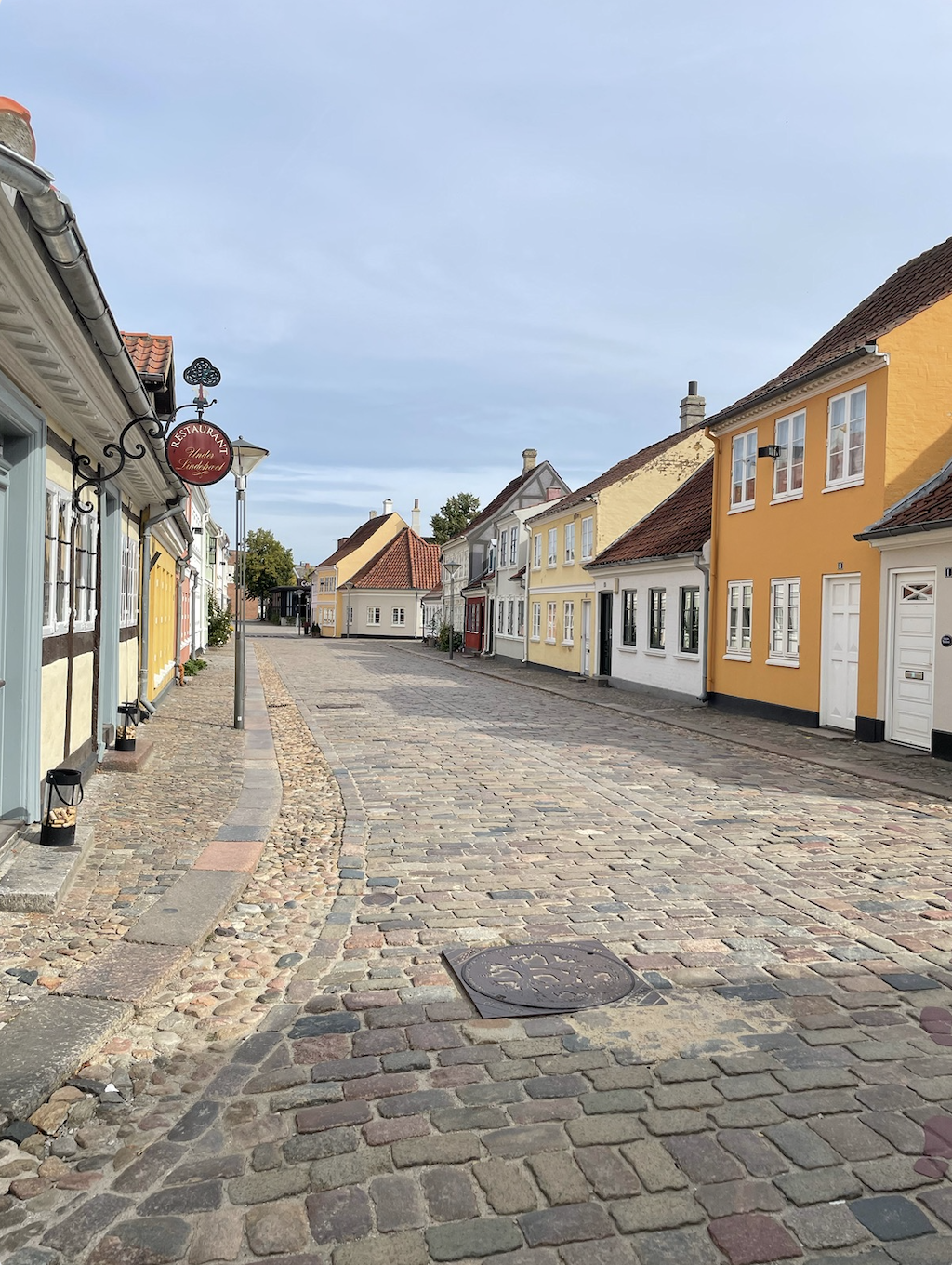 |
|
Copenhagen Canal, Denmark |
The old town of Dragør, Denmark |
I was lucky enough to take a number of trips to other countries as well, and was always surprised and pleased to experience the nuances of their culture and interpersonal relationships. Even between countries in the same vicinity, for example Denmark and Norway, I found that there were large differences in culture.
I discovered American stereotypes - and learned that I fit some of them, but I also equally surprised them with some of my mannerisms. When I visited Bergen, Norway, a fjord ship captain asked how I was. When I answered “good,” he stopped and looked at me for a long moment before saying, “But how are you really.” When I came back to Denmark, my Danish friend explained that there are stereotypes that Americans are not always genuine - we smile too much, we always say we’re good, we try to be friends with everyone we meet (even if we don’t mean it). I was surprised, but when I thought about the way we treat strangers and some of the values we have around appearances, I actually really understood it and it made me think about how I was presenting my country and university. On the other hand, often we would ask people about how they saw Americans in general, and they would answer that despite the stereotypes they’d heard, they had never had a bad experience. In general, I think my time abroad advocated for the idea both that people in different areas had amazing traditions and history that differed, but individually we were all similar enough to want the same things from each other.
When it comes to how my experience in Denmark changed me, I’m not really sure where to start. I know now many life pillars that I want when I eventually settle down. I want to enjoy a work life balance similar to the ones Danes value. I want to live near a board game cafe - or make my own board game cafe experience in my home. I want to express myself authentically to strangers and to friends. I want to step back and think about my attitude and feelings before I need to express them outwardly for the world. I want to understand myself before I commit to my future. I want to commit myself to sustainability - and maybe even devote my career to working on climate change. I want to live a worldly life and travel - not for the sake of being a tourist, but for the sake of feeling, listening, and seeing incredible places.
|
|
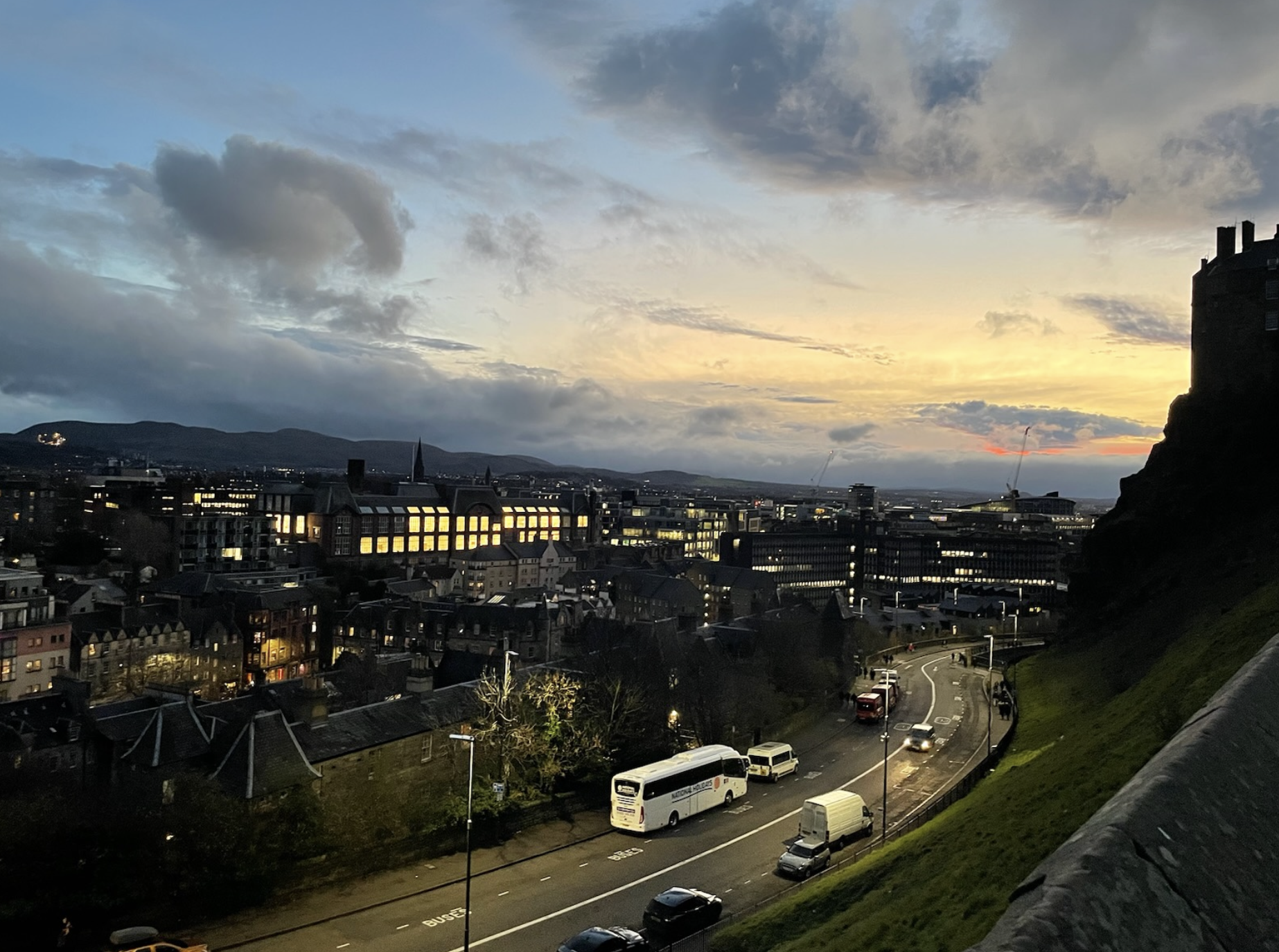 |
|
View from a hike in Bergen, Norway - the most beautiful place I’ve ever seen in my life |
View from the side of Edinburgh Castle at sunset |
And while I was there, I had an incredible time doing things that I never would have done in the states! I spent time learning a new (very difficult) language for fun. I traveled on a budget on weekend trips to new countries with near strangers. I took trains out into the countryside on a whim to learn about the lifestyles and history of the people in more rural areas. I became fascinated with the ancient history of vikings and went to museum after museum after museum - in Denmark, in Amsterdam, in France, in Scotland... And one of the single greatest decisions I’ve ever made was that I began going to weekly Warhammer mini painting sessions at a local Warhammer store. What I initially thought was a little awkward - and definitely not my kind of hobby - became an absolutely incredible opportunity to every Wednesday night spend several hours talking with Danish men and teenagers about their experiences, their language, their culture, and their hobbies. I didn’t fit in at all - but somehow the group we made was the perfect arrangement of strangers. Through them, I learned about pillars of humility they teach and the history of Swedish and Danish struggles for land. And I experienced thoroughly the Danish concept of “Hygge” by complete accident - which made it all the sweeter.
I’m now proud and grateful to say that I’ve left behind not only one of the greatest experiences of my life, but also some of the kindest and most genuine friends I’ve ever had. Thank you to Denmark and Norway for sharing beautiful views, introducing me to incredible people, and helping me grow as a person. I’m forever in your debt.
Skål, København! Until we meet again -
Kayli
|
|
 |
|
Fjord waterfall in Bergen, Norway (so, so cold and rainy) |
Descent of fjord hike in Bergen, Norway |

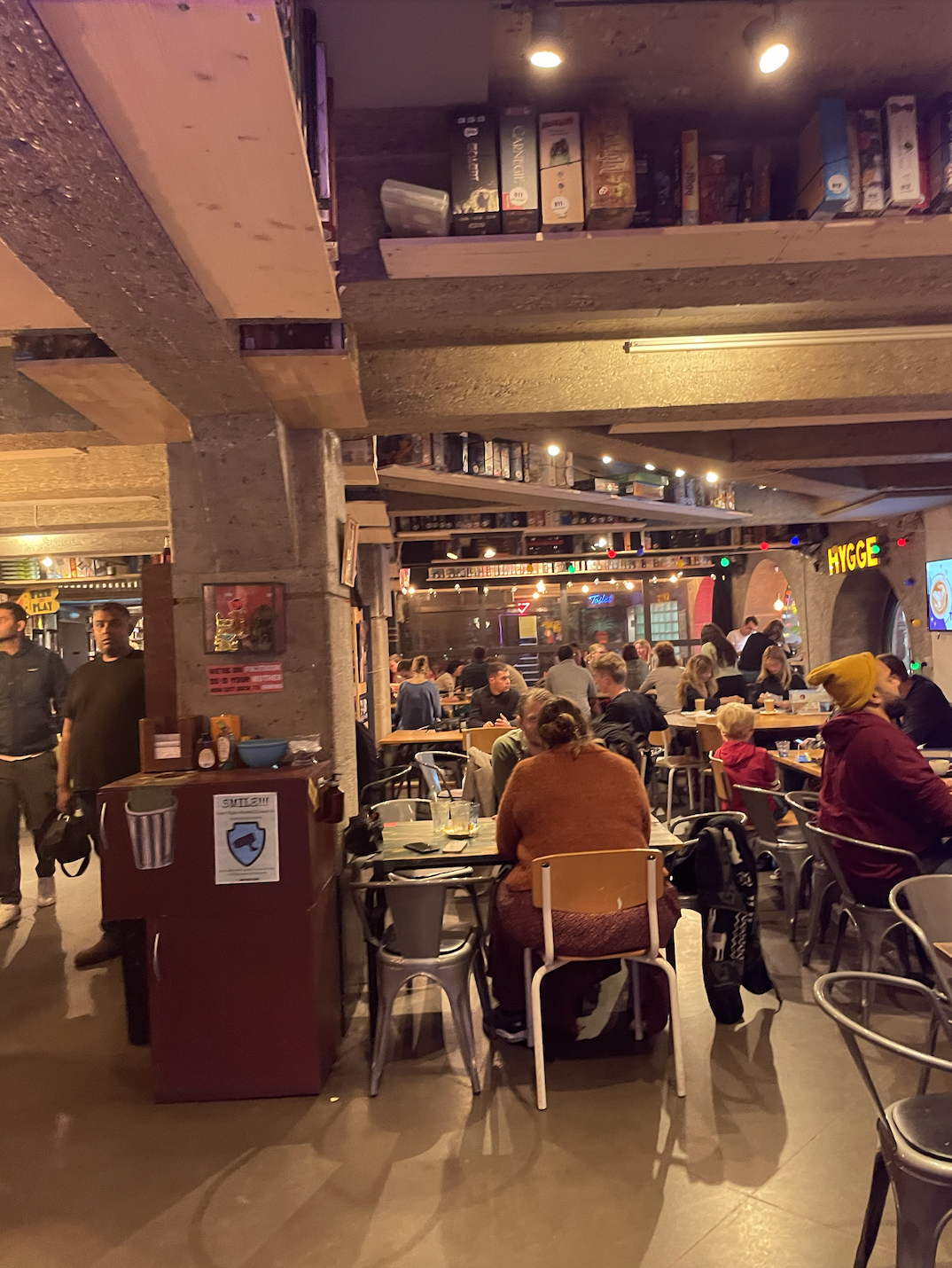
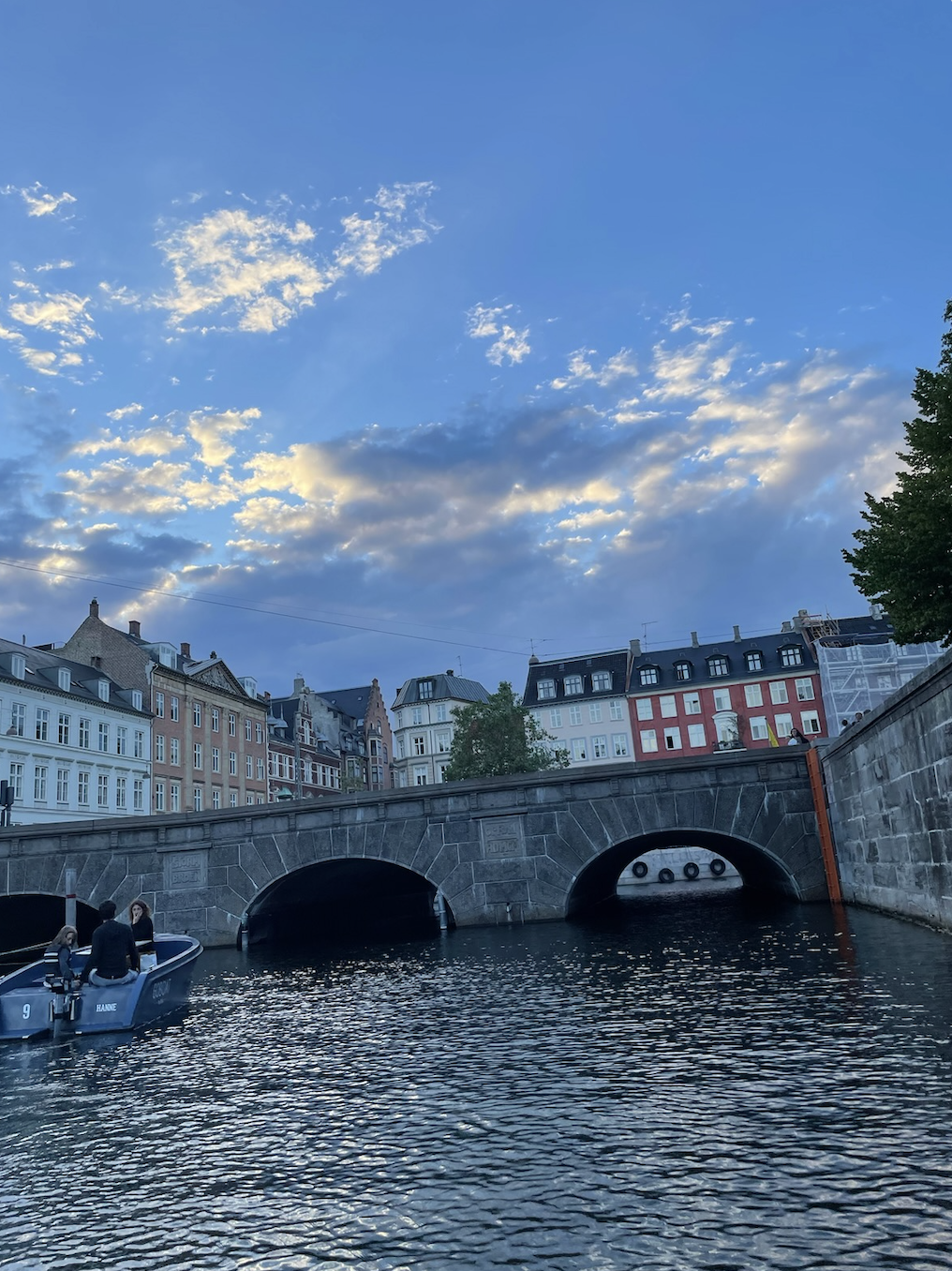
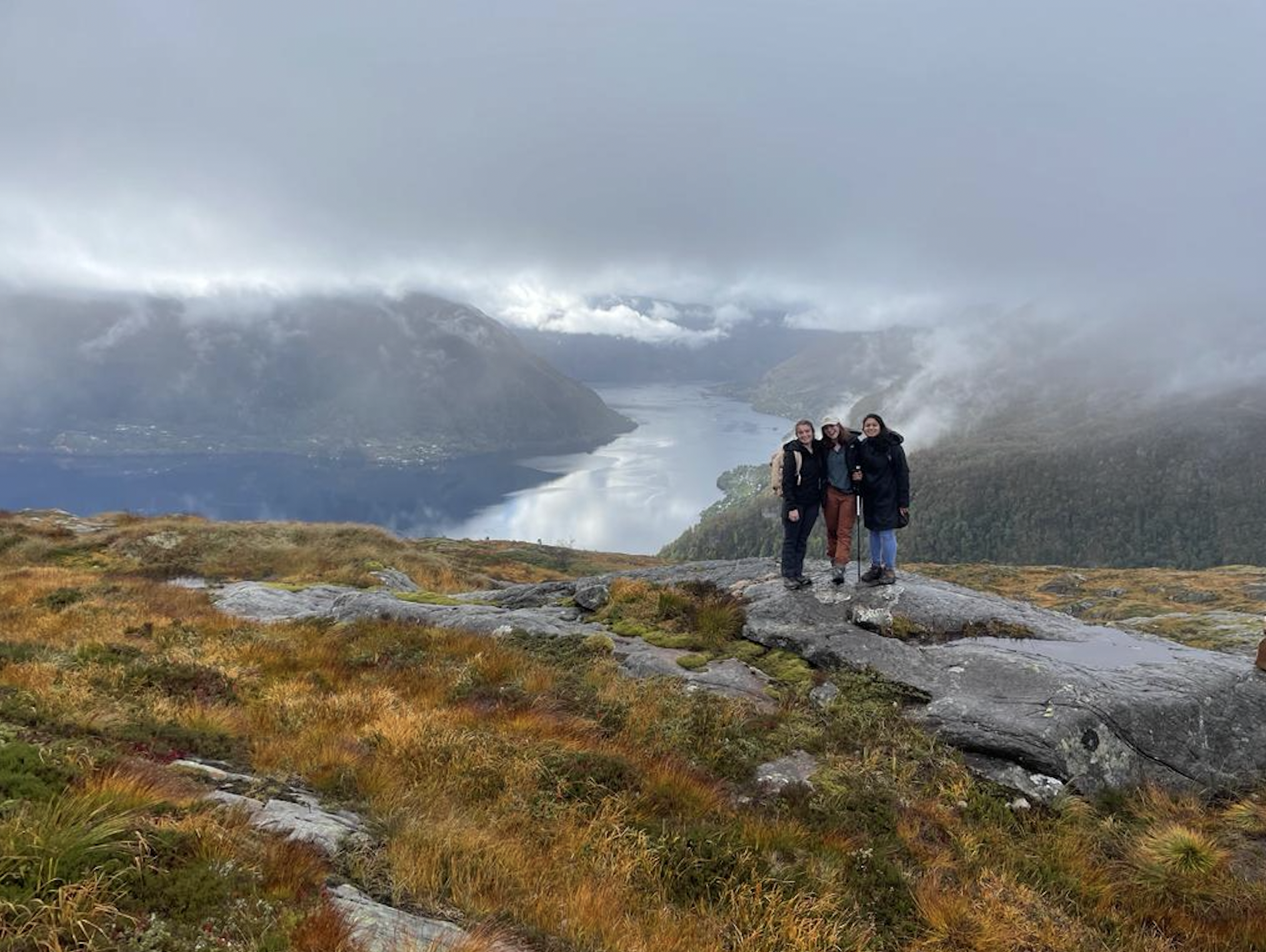
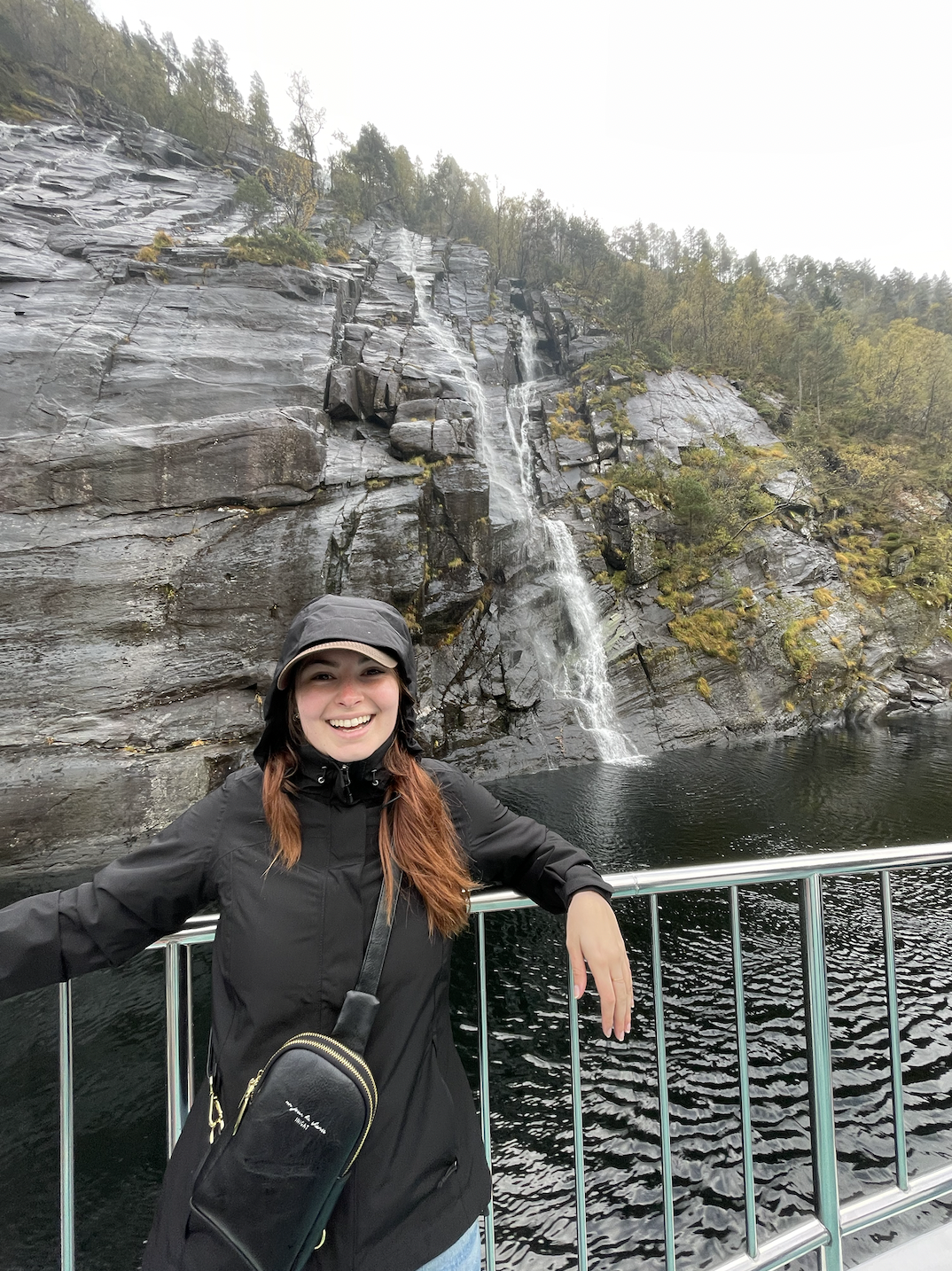
Please sign in
If you are a registered user on Laidlaw Scholars Network, please sign in